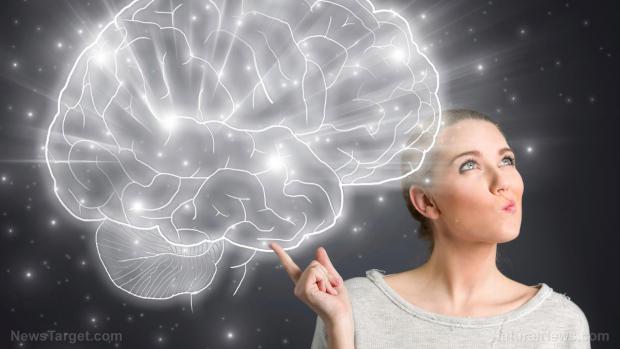
Breaking News
 Special Christmas Eve War Room! FBI Finds Millions More Epstein Docs, PLUS…Updates on Trump's...
Special Christmas Eve War Room! FBI Finds Millions More Epstein Docs, PLUS…Updates on Trump's...
 The U.S. Government Is Not the Daddy of U.S. Oil Companies
The U.S. Government Is Not the Daddy of U.S. Oil Companies
 Aussie Leaders Crush Online Free Speech To Prop Up Failing Multiculturalism
Aussie Leaders Crush Online Free Speech To Prop Up Failing Multiculturalism
 Cocaine Dogs & 'Safe Space Ambassadors': Rand Paul Airs The Festivus (Budget) Grievances
Cocaine Dogs & 'Safe Space Ambassadors': Rand Paul Airs The Festivus (Budget) Grievances
Top Tech News
 Travel gadget promises to dry and iron your clothes – totally hands-free
Travel gadget promises to dry and iron your clothes – totally hands-free
 Perfect Aircrete, Kitchen Ingredients.
Perfect Aircrete, Kitchen Ingredients.
 Futuristic pixel-raising display lets you feel what's onscreen
Futuristic pixel-raising display lets you feel what's onscreen
 Cutting-Edge Facility Generates Pure Water and Hydrogen Fuel from Seawater for Mere Pennies
Cutting-Edge Facility Generates Pure Water and Hydrogen Fuel from Seawater for Mere Pennies
 This tiny dev board is packed with features for ambitious makers
This tiny dev board is packed with features for ambitious makers
 Scientists Discover Gel to Regrow Tooth Enamel
Scientists Discover Gel to Regrow Tooth Enamel
 Vitamin C and Dandelion Root Killing Cancer Cells -- as Former CDC Director Calls for COVID-19...
Vitamin C and Dandelion Root Killing Cancer Cells -- as Former CDC Director Calls for COVID-19...
 Galactic Brain: US firm plans space-based data centers, power grid to challenge China
Galactic Brain: US firm plans space-based data centers, power grid to challenge China
 A microbial cleanup for glyphosate just earned a patent. Here's why that matters
A microbial cleanup for glyphosate just earned a patent. Here's why that matters
 Japan Breaks Internet Speed Record with 5 Million Times Faster Data Transfer
Japan Breaks Internet Speed Record with 5 Million Times Faster Data Transfer
Creepy: New AI can READ YOUR MIND by decoding your brain signals … kiss your ...

(Natural News) We live in a society that is obsessed with oversharing. While it's becoming increasingly difficult to tune out the trivial bits of people's lives that we don't care about, we can still choose not to sign up for social media accounts to preserve our own privacy. We can also take comfort from the idea that our private thoughts will always remain our own – at least for the time being. You might want to enjoy that last bit of privacy while you still can because a creepy new AI looks set to change that very soon.
Japanese researchers have now developed an AI machine that can take a look into your mind with an uncanny degree of accuracy. It studies the electrical signals within your brain to determine the images you are looking at or even just thinking about, and then it can create images of it that are startlingly reliable.
The project is being carried out at Kyoto University under the leadership of Professor Yukiyasu Kamitani. The researchers are creating the images using a neural network and information culled from fMRI scans that detect the changes in people's blood flow in order to analyze electrical activity. This data enabled their machine to reconstruct images such as red mailboxes, stained glass windows, and owls after volunteers stared at pictures of these items. In addition, it was able to create pictures of objects the participants were simply imagining, including goldfish, bowling balls, leopards, crosses, squares and swans with varying degrees of accuracy.
The researchers boasted that the breakthrough provides a "unique window into our internal world" but this is one window that many people might not be willing to open up. The same technique could be used for retaining footage of mental images such as memories and daydreams, and it could even be used to help patients who are in vegetative states communicate with loved ones.
In their project, neural networks were used that are similar to those that form the basis of many of the latest AI developments, such as Snapchat's live filters for altering images, the facial recognition software used by Facebook, and the language translation services offered by Google.



